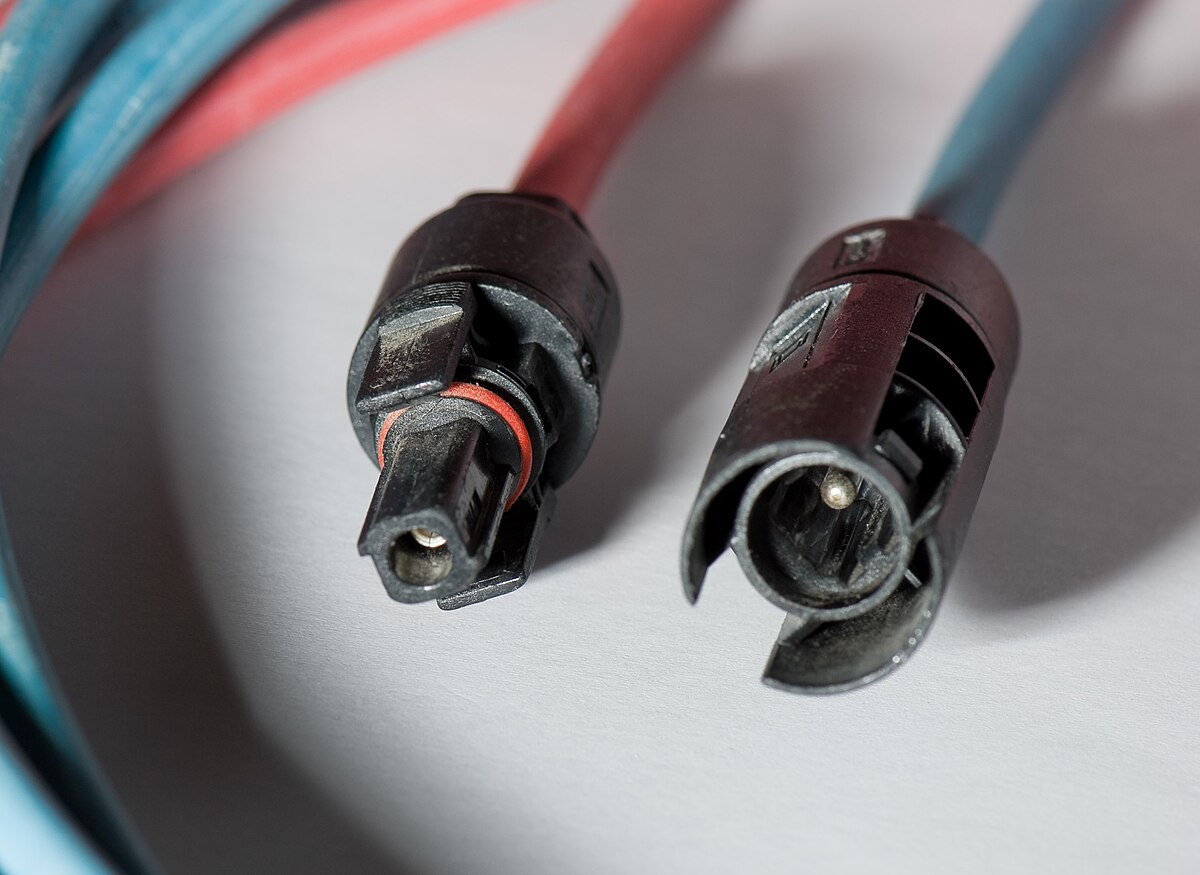Jacks, Sockets, Plugs, etc. however, can get a little more complicated.
The terms Jack, Plug, and Socket interpreted in accordance with ASME Y14.44 Reference Designations for Electrical and Electronics Parts and Equipment (plus my own opinion on some others):
- Jack: A jack is the fixed (or less-movable) connector in a pair, regardless of whether the connector is male/female gender. Reference designator "J" is used in schematic diagrams.
- Plug: A plug is the moving component of a connector pair, regardless of gender. Reference designator "P" is used. If there are two moving parts such as cables that plug into each other, BOTH connectors can be designated "plugs". Said another way, the plug is the thing you hold in your hand, the jack is the thing you plug into.
- Socket: Sockets are generally fixed connectors that are used to mount & connect a device or printed circuit directly. Reference designator "X" is used, usually followed by the reference designator of the device it is intended to accept (see the ASME standard for rules for special cases). The distinction between a socket and a jack is that usually jacks are for mating with connectors whereas sockets accept a device package or structure directly (think light-bulb socket which mates directly with the device).
- Receptacle: Generic term for the electrical contact zone of a female gendered connector - the receiver of a male electrical contact "pin". When describing the number of electrical contacts on a connector, I usually use "N-position pin/receptacle connector." Sometimes "socket" is used to refer to the individual receptacles.
- Outlet: Usually used where you have a point where power is being "let out." It is a good idea for power outlets, whether they be jacks or plugs, to be female gendered (having a recessed receptacle) to prevent inadvertent contact with electrically energized surfaces.
"Electrical outlet with label". Licensed under CC BY-SA 3.0 via Wikimedia Commons.
Jack? Yes - fixed
Plug? No - Not a movable connector
Socket? My opinion is that socket is better reserved for fixed connectors that directly accept a device such as a light-bulb socket
Receptacle? Yes - receptacle for power plug pins
Power Outlet? Yes - "lets power out"
Female? Yes - less pointy than plug
"IEC60320 C14" by Sabergum - http://en.wikipedia.org/wiki/File:IEC60320_C14.jpg. Licensed under CC BY-SA 3.0 via Wikimedia Commons.
Jack? Yes - fixed
Plug? No - Not a movable connector
Socket? No - connects to a cable not a device
Receptacle? Debatable - because this connector is male I would lean towards "no"
Power Outlet? No, typically this type of connector is actually a power inlet
Female? This is an example of a male jack (many jacks are female).
Socket? No - connects to a cable not a device
Receptacle? Debatable - because this connector is male I would lean towards "no"
Power Outlet? No, typically this type of connector is actually a power inlet
Female? This is an example of a male jack (many jacks are female).
"PV connectors 01 Pengo" by Pengo - Own work. Licensed under CC BY-SA 3.0 via Wikimedia Commons.
Jack? No - movable
Plug? Yes - both ends are movable
Socket? No - connects to a cable not a device
Receptacle? The female would be considered a receptacle
Power Outlet? Whichever supplies power could be called an outlet
Female? The left plug is the female. Although at first glance it looks generally more pointy, closer inspection yields that the one on the right actually has the pin. Recessed pins and receptacles like this can be good to avoid damaging fragile contacts and/or prevent human contact with high voltages.
Socket? No - connects to a cable not a device
Receptacle? The female would be considered a receptacle
Power Outlet? Whichever supplies power could be called an outlet
Female? The left plug is the female. Although at first glance it looks generally more pointy, closer inspection yields that the one on the right actually has the pin. Recessed pins and receptacles like this can be good to avoid damaging fragile contacts and/or prevent human contact with high voltages.



No comments:
Post a Comment